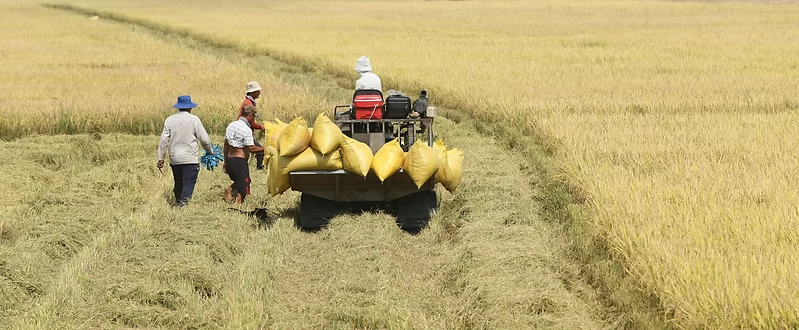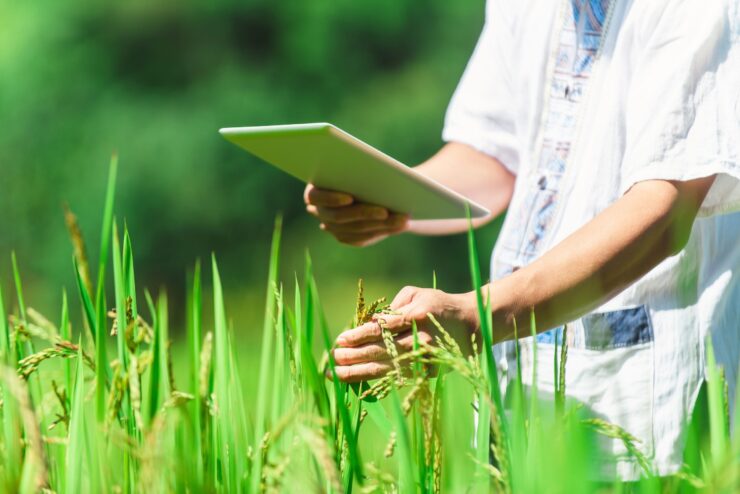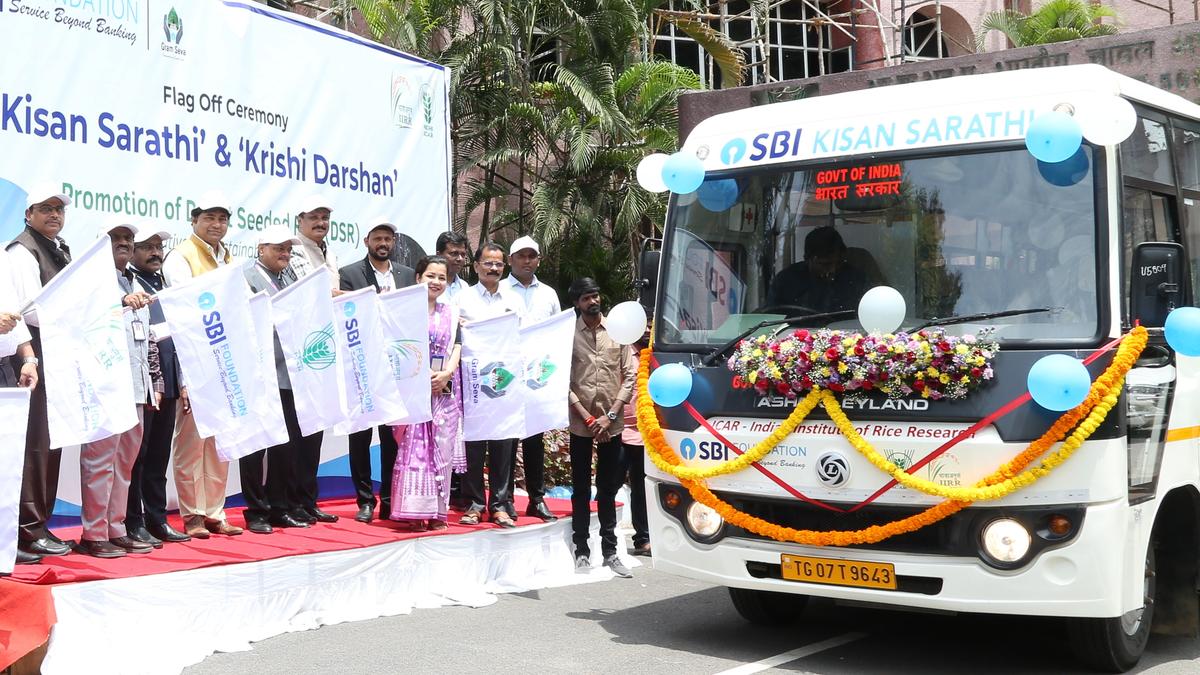Tags
Agri-food sector in Asia can cut carbon emissions by 12%
The Asian agri-food sector is a huge source of carbon emissions – but it has the potential to cut down emissions by 12% by 2030, which would be equivalent to the total amount of emissions from the entire global aviation industry in 2022.
A report from global consulting firm PwC notes a number of technologies and practices that can bring about the 12% reduction in emissions. Many of those solutions are relatively simple and available now, unlike the more complicated solutions for other, harder to abate sectors.
Key solutions include things like crop rotation, precision fertiliser application, and nitrification inhibitors, and high-tech tools that enhance farm-level equipment and machinery on rice and cattle farms, in addition to wider investment in farming infrastructure.

Agri-food accounts for more than a third of all emissions worldwide, with only the energy sector emitting more carbon emissions. Asia’s agri-food sector, in particular, is the source of immense greenhouse gas emissions. In some regions, like South and Southeast Asia, agri-food can account for up to 50% of total emissions.
“The complex and fragmented nature of food and agriculture value chains makes emission measurement, decarbonisation and green innovation of this sector particularly challenging,” said Maya Hari, CEO of Terrascope, one of the authors of the report.
Emissions in Asia’s agri-food sector
Asia was responsible for a remarkable 42% of the world’s agri-food CO2 equivalent emissions produced in 2020. Of all the emissions in Asia, 26% were from agri-food, though it varies significantly depending on the region, with some regions being more heavily geared towards manufacturing and energy production.
Some major contributors to those emissions are rice production, fertilisers, livestock rearing, deforestation, and food loss and waste. Because rice is a major source of methane emissions, Asia is a top offender with 90% of the world’s rice production. Cattle are another major source of emissions for Asia, with the continent being home to around 40% of all cattle worldwide, the vast majority of the stock based in India.
A large proportion of Asia’s farming is done by smallholders. That means that they have far less to spend on technologies that can increase efficiency and cut back on emissions. For that reason, there are many challenges in helping remote rural communities across Asia become net-zero, but there is also much to gain from even seemingly simple technological advances.

Opportunities for decarbonisation
Some of the solutions for emissions in agri-food include basic things like farm machinery, improved irrigation, and improved packaging, but also more complicated technological solutions like high tech greenhouses, AI-driven informatics, robotics, drones, and other such tools.
With the required tools and technologies, the most notable reduction in emissions is expected to be in fertiliser use, with a potential decrease of 39% of CO2 equivalent emissions compared to a business-as-usual scenario in 2030. The lowest impact will be in livestock, where only a 10% reduction in emissions is forecast, due to the relative costs and challenges of technology implementation and the expected impact on the farmer’s business, in terms of costs, revenue, and profitability.
“One of the exciting things about the 20 technologies and practices the report identifies is the added ability to improve the profitability of businesses across the supply chain, with many of them also representing significant investment opportunities,” said Richard Skinner, a leader at PwC in Singapore.
Various agri-food technologies and practices are used globally, but their effectiveness depends on factors like crop type, local climate, infrastructure, geography, and cultural practices. Choosing the right technologies not only reduces carbon emissions but also benefits farmers by lowering costs, increasing yields, and improving overall profitability and quality of life.
In some parts of Asia, certain technologies may not be suitable due to factors like smallholder farm prevalence and supply chain structures. While some practices are region-specific, like those applicable to rice paddies, there is still potential to apply many different types of technologies across large parts of Asia, addressing key emission challenges.

Investment in agri-food technologies
Investment in agri-food technologies dropped significantly in 2022 largely due to the trend in 2021 of general overvaluation in tech, which led to an inflated sum of around $53 billion that 2022 could not match. The drop of investment in 2022 is also linked to the general unease in the global economy thanks to issues around inflation, geopolitical conflicts, and continuing supply chain challenges, which all caused investors to be more tight-fisted.
Despite last year’s drop in investment in agri-food technology, the total amount of investment still remains above 2019 levels, indicating that investors are still focused on the sector. But in order to reach the $125 billion mentioned by the report as a requirement to revamp rice farming in the continent, investment will surely need to grow again.
“The investment opportunity comes from the technology and infrastructure these practices require, such as micro-irrigation to support changing rice cultivation practices, technology to support the variable rate application of farming chemicals, and storage infrastructure with continuous cold chain,” said Skinner.
“There is further opportunity in the emergence of digital platforms, which are enabling farmers to access new markets and better inputs.”
https://www.consultancy.asia/news/5401/agri-food-sector-in-asia-can-cut-carbon-emissions-by-12Published Date: November 21, 2023






